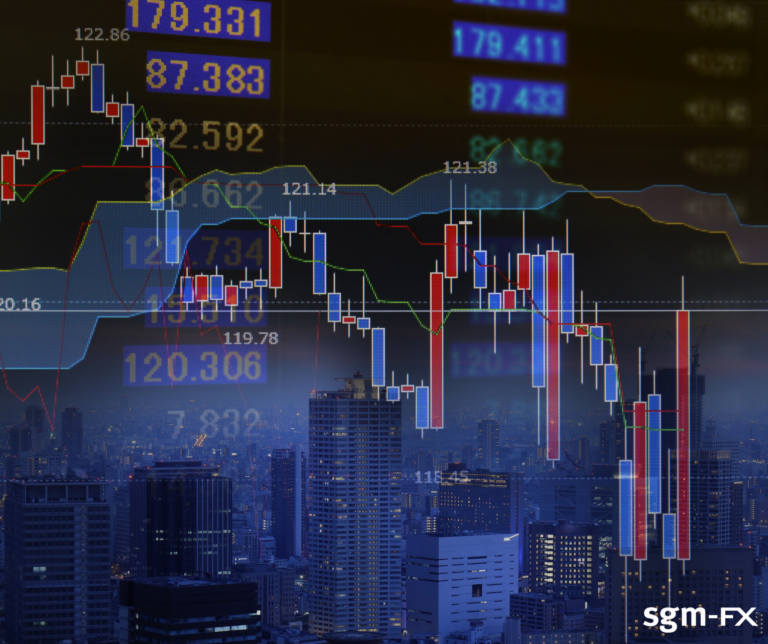
Morning Brief – Two tales
At the moment, expectations for monetary tightening are still ramping up. They have not yet reached their peak and probably won’t for a considerable period of time. Central banks are therefore largely stuck in a chasm between satisfying the demands of the market with respect to the way it is pricing national debt contracts, but also keeping an eye far enough ahead not to choke off growth. Public and financial discourse has not yet reached its peak of ‘enough’s enough, when will the bank take action?’. So central banks will continue to have to address inflation whilst maintaining the balancing act of affordable financing conditions.
In the UK last week, we learned that unsurprisingly consumer and investor borrowing rates had risen at the fastest pace in a decade. Across many economies but most notably in the US, this has begun to have an impact on some key markets including real estate. However, in addition to the housing market and the wider market volatility we have seen, there are some key indicators of economic downturn that are continuing to flash at a more frantic pace.
Make no mistake, financial markets aren’t intelligent. Participants in them do not hold crystal balls that allow them to see into the future and perfectly price in anticipated economic events. Instead, they combine of a huge set of stakeholders who when read as a collective provide some pivotal signs as to the path of the economy by virtue of the price and volumes of traded assets. One key barometer that comes out of the interaction of buyers and sellers manifests in the price of Copper.
As a key commodity used widely in industrial production, the copper market provides a liquid and real time proxy for the expectation of economic production. You have to be sure to isolate supply effects from the price, however, the demand-led component of the price of copper provides a good barometer for global growth and output expectations. Last week, the price of copper per tonne dropped below $8,000 for the first time in around a year and a half as demand has been drawn from the market as fears of a recession mount.
On top of this, recent soft data releases are showing a moderating and frequently shrinking order book with manufacturers. This is indicative of price inflation and a rising cost of borrowing constraining purchasing power and decision making. Whilst the bias for now remains tackling inflation and monetary tightening, there are signs in the economy that central banks should be wary of choking off growth at the same time.
Discussion and Analysis by Charles Porter

Click Here to Subscribe to the SGM-FX Newsletter
Related Insights

Daily Brief – Just in time?
Just in time? As we wrote yesterday, the latest US government shut down has become the longest in history. The impact upon sentiment and consumption is sure to have been significant but it is too early to identify from the data just how much damage was done. Thanks to the eight democrats who have broken […]

Daily Brief – One in three
One in three Until recently, the market had held the probability of a rate cut at the Bank of England’s November meeting at near zero. Above-target inflation and insufficient evidence of faltering economic growth alone suggested the BoE would continue to adopt a wait and see approach. Combine that with the uncertainty of the UK […]

Daily Brief – Grinding lower
Grinding lower The key currency pairs of GBPUSD and EURUSD continue their slow but consistent grind lower. This story is not just one of dollar strength but also a rotation away from GBP and EUR, in favour of safe havens. Under performance in global equity markets continues to be a factor behind the market’s general […]



 Charles Porter
Charles Porter